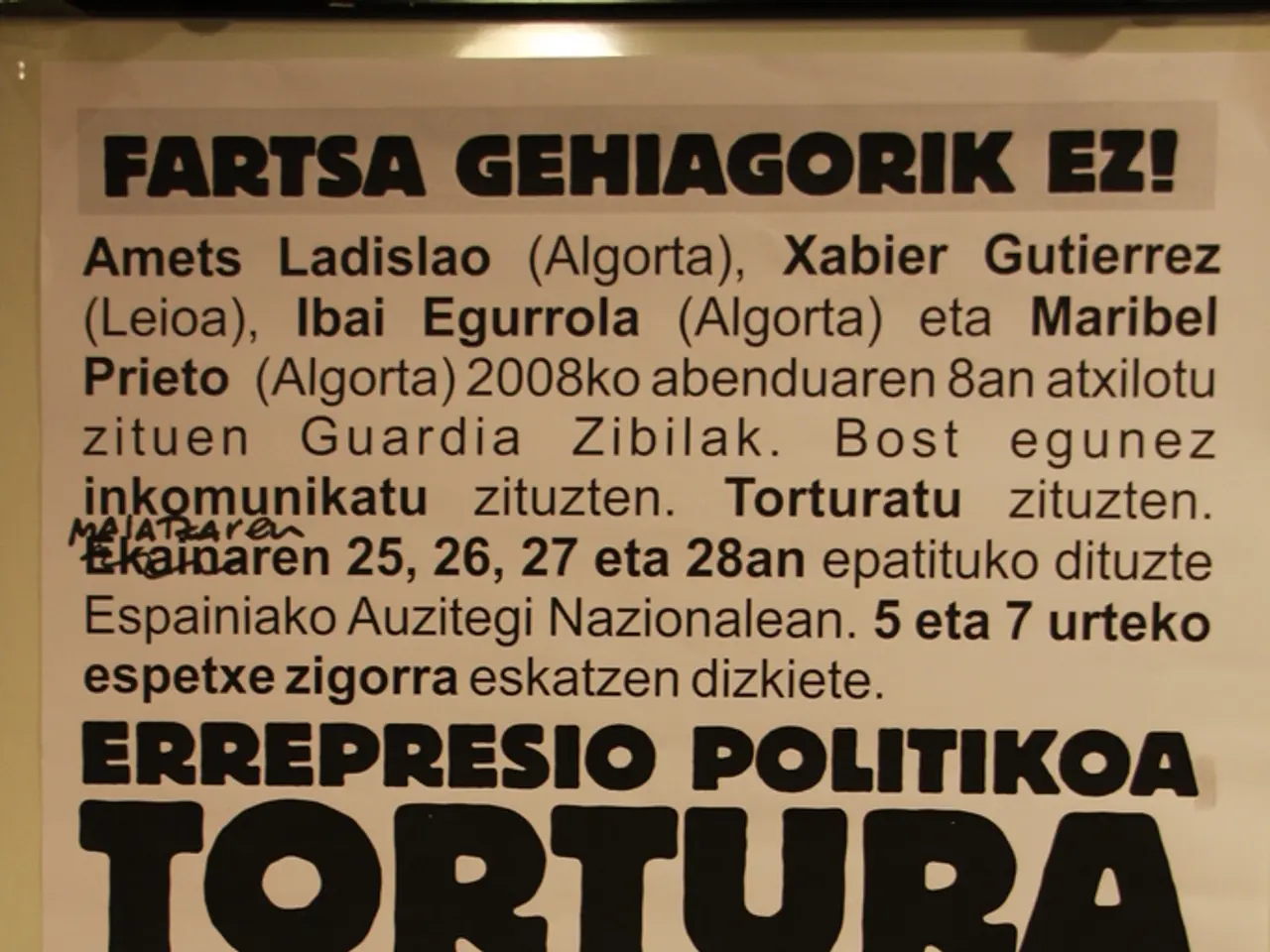Spanish pre-season innovates summer rehearsals, starting from double-express and expanding to global tours
The summer football season in Spain is a time for experiments and changes in competition formats, particularly in European tournaments, while the domestic league maintains its traditional structure.
In the UEFA Europa League 2025/26 season, a new format is in operation, marking its second year. This revised structure includes a 36-team league phase, with 13 teams qualifying directly, 12 teams via qualifying rounds, and 11 teams dropping from the Champions League qualifiers. The qualifying rounds and play-offs occur over two-legged ties in July and August before the league phase begins. This format brings more competitive qualifying matches and influences team strategies for squad rotation and travel management early in the season.
On the other hand, the Spanish top division, LaLiga, starts its 2025/26 season in mid-August with a traditional league format. Matches are scheduled primarily on weekends with some Friday and Monday fixtures. The domestic competition does not show signs of a fundamental format change or experimental system for this summer. Instead, the focus remains on the usual round-robin schedule featuring promotion and relegation involving 20 teams.
Big clubs like Barcelona and Real Madrid are preparing for a demanding season combining domestic and European competitions, with possible rotation strategies to cope with fixture congestion. The format implication for teams is a balancing act between league and European commitments; for organizers, scheduling must consider international competitions like the Champions League and Europa League qualifiers; for fans, continuous top-tier action is maintained for a long season.
Meanwhile, the Carranza tournament, once a significant classic of the preseason, has been reduced to a friendly presentation match. The tournament, previously a four-team tournament over several days with big teams, is now a simple match against Cordoba. The tournament has undergone changes in its format, becoming more simplified, and some teams, like Athletic Club, have played double confrontations in a single day.
Unlimited substitutions, substitution windows, and modifications to the game time have become common practice in international tours and friendly trophies. Teams use international tours to unveil their second kits in other countries. The double confrontation format allows for technical staff and directors to compact trials and satisfy promoters and fans in a single event. However, there is a risk of excessive fatigue and increased injury risk for players coming off vacation in the double confrontation format.
Matches in international tours can be part of a series of other mass events. Moreover, international tours often involve a commercial component, focusing on brand expansion. In a recent development, Athletic Club's player Sanchez has injured his medial collateral ligament, but the club has not established a recovery time. In high-profile tours, agreements on substitutions and rest are part of the contract between clubs and organizers.
Triangular and compressed format tournaments are another common summer format, where matches last 45 minutes and follow one after another in a single day. These double confrontations consist of two consecutive 90-minute friendly matches and are often used in municipal and regional trophies. Despite the changes, the summer football season in Spain continues to provide an exciting and dynamic environment for teams, fans, and organisers alike.
The UEFA Europa League 2025/26 season, in its revised format, averages 36 teams competing through direct qualifications, qualifying rounds, and drops from the Champions League qualifiers. In contrast, LaLiga, the Spanish top division, maintains a European-leagues average of 20 teams competing in a traditional league format.








